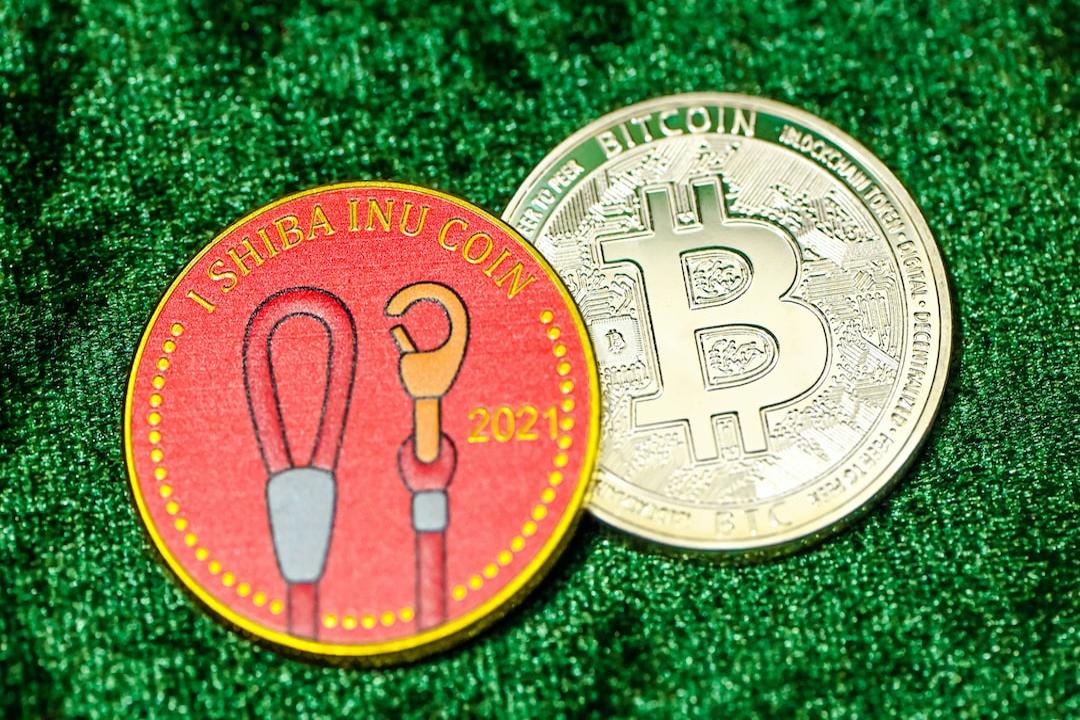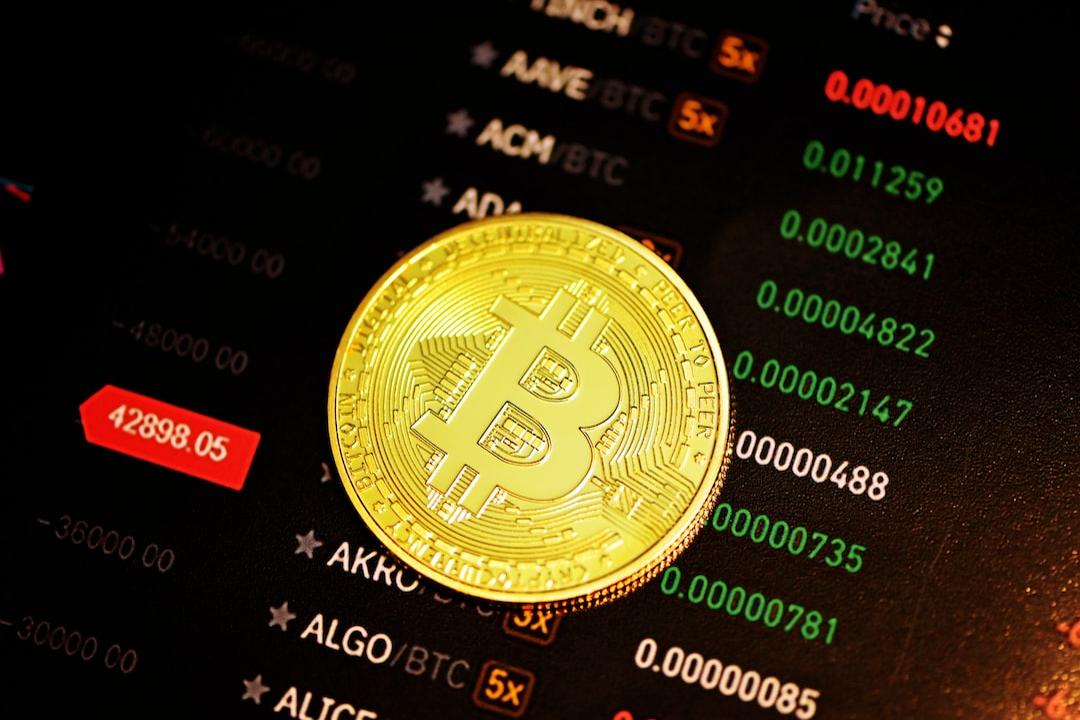
Author: Mosi
Translator: ShenChao TechFlow
In the realm of tokens, perception is everything. Much like Plato’s “Allegory of the Cave,” many investors are trapped in shadows—misled by distorted value projections from malicious actors. In this article, I will expose how some venture capital (VC)-backed projects systematically manipulate their token prices through the following methods:
- Maintaining a high level of false float as much as possible.
- Suppressing the real float as much as possible (to make it easier to raise token prices).
- Leveraging the fact that the real float is extremely low to elevate token prices.
Transitioning from a “low float/high FDV (Fully Diluted Valuation)” model to a “false float/high FDV” model

Image: No! I’m not a low float/high FDV token! I’m “Community First”!
Earlier this year, the surge in popularity of memecoins pushed many VC-backed tokens out of the mainstream spotlight. These tokens were referred to as “low float/high FDV” tokens. However, with the launch of Hyperliquid, many VC-supported tokens became difficult to invest in. Faced with this situation, some projects chose not to address their flawed tokenomics or focus on developing real products, but instead doubled down on artificially suppressing the circulating supply while publicly claiming the opposite. Suppressing circulation benefits these projects by making price manipulation easier. Through behind-the-scenes trading—for example, foundations selling locked tokens for cash and then repurchasing them on the open market—capital efficiency can be significantly enhanced. Furthermore, this practice poses enormous risks to short sellers and leveraged traders, as the low real float makes these tokens highly susceptible to price pumps and dumps.
Next, let’s look at some real examples. This is by no means an exhaustive list:
1. OM @MANTRA_Chain
This is the most blatant example. For those curious about how a project with a total locked value (TVL) of only $4 million could have a fully diluted valuation (FDV) of over $10 billion, the answer is simple: they control most of the $OM circulating supply. Mantra holds 792M $OM in a single wallet (90% of the supply). It’s not complicated—they didn’t even bother to disperse these supplies across multiple wallets.

When I asked @jp_mullin888 about this, he claimed it was a “mirror storage wallet.” This is completely absurd.

So, how do we know the real float of Mantra?
We can arrive at the following calculation:
980M (circulating supply) – 792M $OM (controlled by the team) = 188M $OM
However, this figure of 188M $OM may also be inaccurate. The team still controls a significant portion of $OM, using these tokens to conduct sybil attacks on their own airdrops, further squeezing exit liquidity and continuing to control the circulating supply. They deployed about 100M $OM for sybil attacks on their own airdrops, so we also need to deduct this portion from the real float. More information can be found here:

Ultimately, we arrive at a real float of… drumroll… only 88M $OM! (Assuming the team does not control more supply, but this assumption is obviously quite unreliable.) This makes Mantra’s real float only $5.26 million, a stark contrast to the $6.3 billion displayed on CoinMarketCap.

The lower real float makes it exceedingly easy to manipulate the price of $OM, while also making it simple to liquidate any short positions. Traders should fear shorting $OM, as the team controls most of the circulating supply and can easily pump or dump the price at will. This situation is akin to trying to gamble against @DWFLabs on some shitcoin. I suspect that Tritaurian Capital may be involved behind the current price trends—this company borrowed $1.5 million from @SOMA_finance (@jp_mullin888 is a co-founder of SOMA, and Tritaurian is owned by Jim Preissler, who is the owner of JPM at Trade.io)—as well as some funds and market makers from the Middle East. These operations further compressed the real float, making calculations even more difficult. This may also explain their reluctance to release airdrops and their decision to implement a lock-up period. If they had truly conducted airdrops, the real float would have significantly increased, possibly leading to a sharp price drop.
This is not some complex financial engineering, but rather appears to be a deliberate plan aimed at reducing the real float of the token and pushing up the price of $OM.
2. MOVE @movementlabsxyz
During the airdrop claiming process, Movement allowed users to choose between two options: claiming the airdrop on the Ethereum mainnet (ETH Mainnet); or claiming the airdrop on their yet-to-launch chain for a small reward. However, just hours after claiming opened, they undertook a series of operations:
- Added a fee of 0.015 ETH (around $56 at the time) for all users claiming on the Ethereum mainnet, in addition to Ethereum gas fees, which deterred many users with small test net balances;
- Reduced the allocation on the Ethereum mainnet by over 80%, while still retaining the aforementioned fees;
- Stopped the claiming process;
- Limited the claiming period to a very short timeframe.

The results are evident: only 58.7 million MOVE were claimed. In other words, out of the originally planned 1 billion MOVE, only 5% were successfully claimed.

Next, let’s perform the same calculations for MOVE as we did for Mantra. According to CoinMarketCap, MOVE’s self-reported circulating supply is 2.45 billion (2,450,000,000).

However, based on Move’s pie chart data, there should only be 2 billion (2B, foundation + initial claims) tokens in circulation after the airdrop. Therefore, suspicious activities are already appearing here, as there are 450 million (450,000,000) MOVE that cannot be explained.

The calculations are as follows:
2,450,000,000 MOVE (self-reported circulating supply) – 1,000,000,000 MOVE (foundation allocation) – 941,000,000 MOVE (unclaimed supply) = 509 million (509,000,000 MOVE, or $203 million in real float).
This means the real float is only 20% of the self-reported circulating supply! Furthermore, I find it hard to believe that every single one of these 509 million MOVE is in user hands, but putting that aside, we assume this is the actual real float. So, what happened during this period of extremely low real float?
- Movement paid WLFI to request them to purchase MOVE tokens.
- Movement paid REX-Osprey to apply for an ETF for MOVE.
- Rushi (the responsible party) went to the New York Stock Exchange (NYSE).
- Movement engaged in a series of complex operations with funds and market makers, selling locked tokens to them in exchange for cash, allowing these institutions to bid and push up the price.
- The team deposited 150 million (150,000,000) MOVE tokens at the peak price on the Bybit platform. They may have started selling off from the peak price, as the token price has been declining since then.
- Before and after the token generation event (TGE), the team paid a Chinese KOL (Key Opinion Leader) marketing agency $700,000 monthly to get listed on Binance, thus gaining more exit liquidity in the Asian market.

Is this just a coincidence? I think not.
As Rushi said:

Kaito @Kaitoai
is the only project on this list that has a real product. However, they have also engaged in similar behavior during their current airdrop campaign. As previously mentioned on CBB, Kaito distributed their airdrop, but only a small portion of people actually claimed it. This also affected the real float. Let’s calculate:

According to CoinMarketCap data, Kaito’s circulating supply is 241 million (241,000,000), with a market cap of $314 million. I assume this figure includes: Binance holding users, liquidity incentives, foundation allocation, and initial community and claiming shares.
Let’s break down these numbers to find the real float:
Real float = 241,000,000 KAITO – 68,000,000 (unclaimed amount) + 100,000,000 (foundation holdings) = 73 million (73,000,000) KAITO.
This means the market cap corresponding to the real float is only $94.9 million, far below the value reported by CMC. Kaito is the only project on this list that I am willing to trust to some extent, as they at least have a revenue-generating product, and to my knowledge, they have not engaged in as many suspicious operations as the other two teams.
Solutions and Conclusions
CMC and Coingecko should list the real float of tokens, rather than the unreliable numbers submitted by teams. Exchanges like Binance should actively penalize this behavior in some way. The current listing model has issues, as you can simply pay a KOL marketing agency to boost participation in Asia before the TGE, as Movement did.
Prices may have changed by the time I wrote this article, but for reference, I took the prices as: Move at $0.4, KAITO at $1.3, Mantra at $6.
If you are a trader, stay away from these tokens. These teams can manipulate prices at will. They control all the circulating supply, thus also controlling the flow of funds and token prices. (Not financial advice, NFA)
The original link to this article is authorized for reprint from ShenChao TechFlow.
Bitcoin Momentum Slows! Leverage Risks Mount as Market Eyes Key Support at $110,000
On-Chain Analysis Company Glassnode ReportsOn-chain analysis company Glassnode noted in it…
